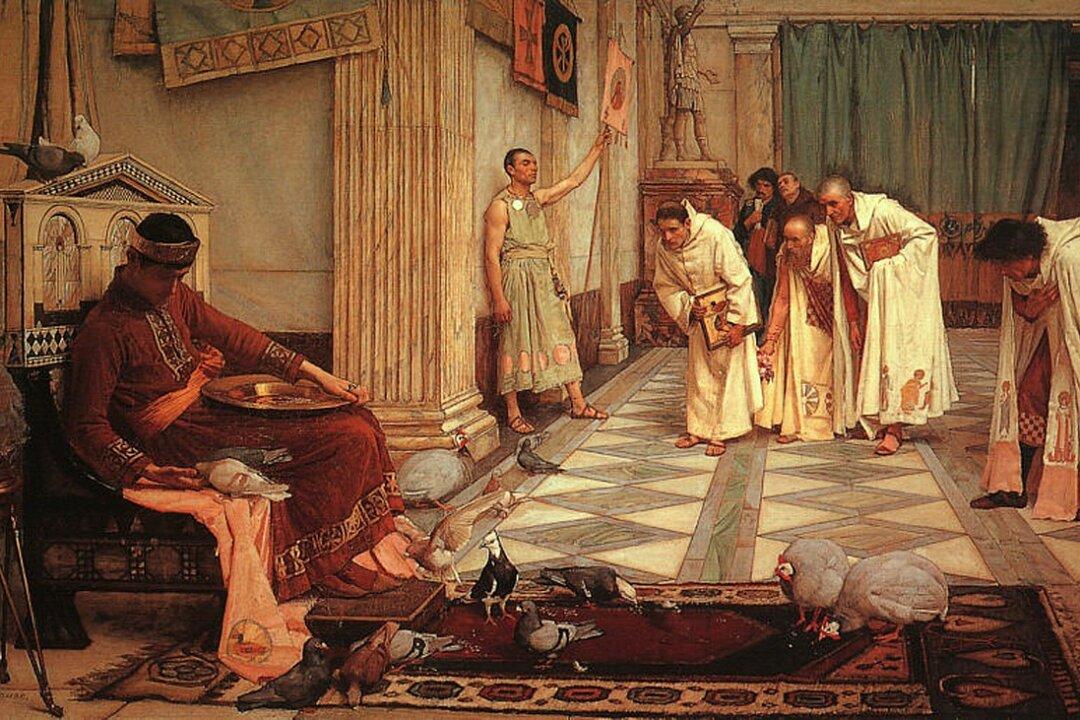Don Hollway has followed his debut book, “The Last Viking: The True Story of King Harald Hardrada,” with an absolutely fascinating read: “At the Gates of Rome: The Fall of the Eternal City, AD 410.”
Hollway has shown himself to be a true storyteller in the realm of history, and in this new book, he truly shines. The book describes in vivid detail what led to the sack of Rome by the Goths in 410 by taking the reader back more than 30 years before that event takes place.






